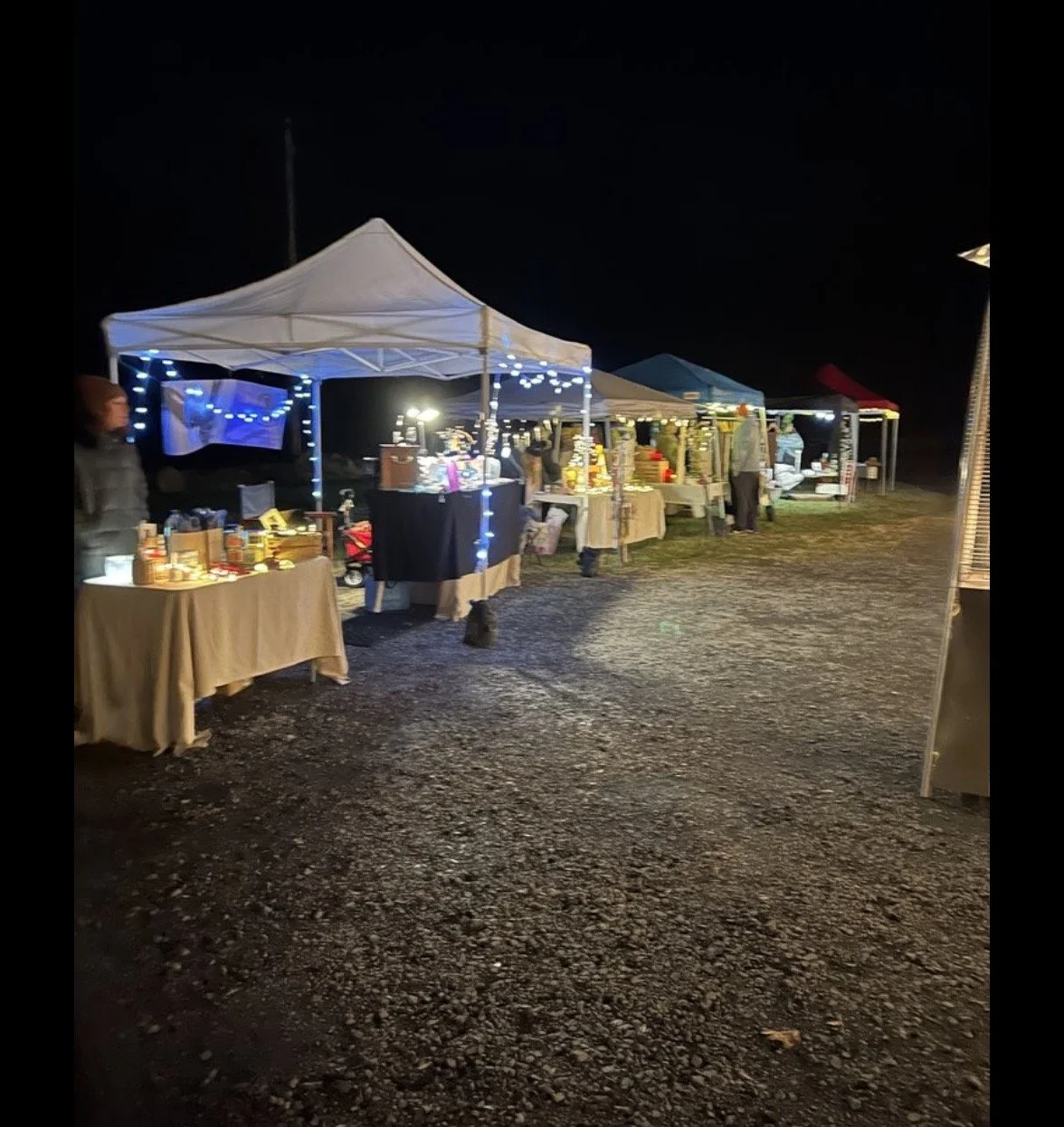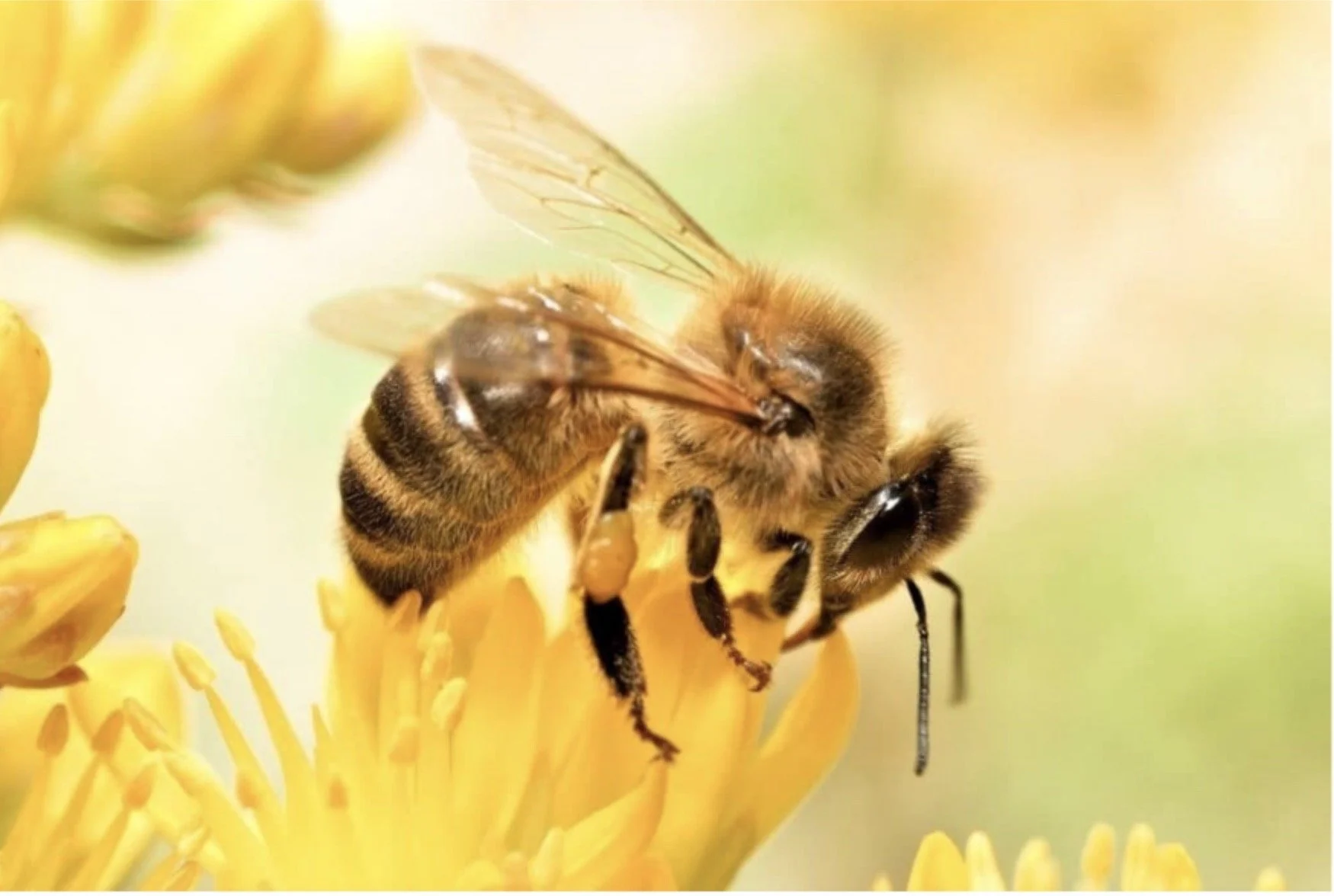RE: The Red Wine Headache. 12.15.23
An article was passed to me by a friend on the red wine headache written by a professor at UC Davis. “Chemists solve millennia-old mystery of red wine headaches” is the title of the Newsweek article. Mind you, they have not really solved anything, but it does sound like they have developed another theory.
In short, their theory is that when grapes absorb too much sun light, they form a compound or a flavanol called quercetin. They go on to say that in Napa, some vineyards cut the leaves on the grapevines back too far causing more sun exposure to the grape clusters. Quercetin is considered a healthy antioxidant but when combined with alcohol “things begin to go wrong,” say’s the Newsweek author.
So only wines from Napa cause the red wine headache? I think not. Being a victim of the red wine headache myself I have found that it is not region specific. It starts after one glass of red wine as a stuffy nose and from there become a full-blown migraine if I go further than 2 glasses.
At an event recently I had gotten into the red wine headache conversation with a physician of some sort. She did not disclose her specialty but told me emphatically that it is the tannins in red wine that cause the “red wine headache”. This is plausible in that it does seem to be a sinus triggered migraine but if it’s the tannins then why don’t my higher tannin red wines cause a headache?
The real age-old story here is that people in general still believe that it is sulfites that cause the red wine headache. The fact that UC Davis is deep into research regarding the red wine headache does tell me that they know it is not the sulfites.
In the making of red wine, many small batch winemakers do not filter and don’t add anything that is not organic to the process other than just enough sulfites to ensure the wine does not oxidize in the barrel. We choose the best cultures and yeasts for the type of wine being made some of which can be costly. With larger volume winemakers, these choices are more cost effective which leads me into my philosophy on the red wine headache.
I believe there are 2 things in play, one is based on a scientific article I read a few years back that the biproduct of secondary fermentation, if a less expensive culture is used, is a histamine. The makes so much sense, it would cause the stuffy nose that would then trigger a migraine when more wine is consumed.
My second thought is this; in the large volume sale of wine, it is very important that the wine is shelf stable so that the product always looks good to the consumer, meaning no sediment or fizzy characteristics even when it’s left in the car in the heat or cold. This can mean various stabilizing measures are taken by the winemaker and their staff.
I am fortunate enough to meet and speak with most of the people that drink my wines. I can educate on my non-filtration and lack of cold stabilization choices, which most of you have already heard.
I can set expectations for my wines such as if you leave a red wine out in the cold it may precipitate because I choose not to cold stabilize the wine for the benefit of the body and mouthfeel or that if you leave the wine in the sun, it is possible to kick off a second fermentation because I do not filter out every little thing that floats in wine for the same reasons – body and mouthfeel.
Next week --- I would love to talk about consistency in wine color year over year – how do they do it?
Cheers,
Sharon




